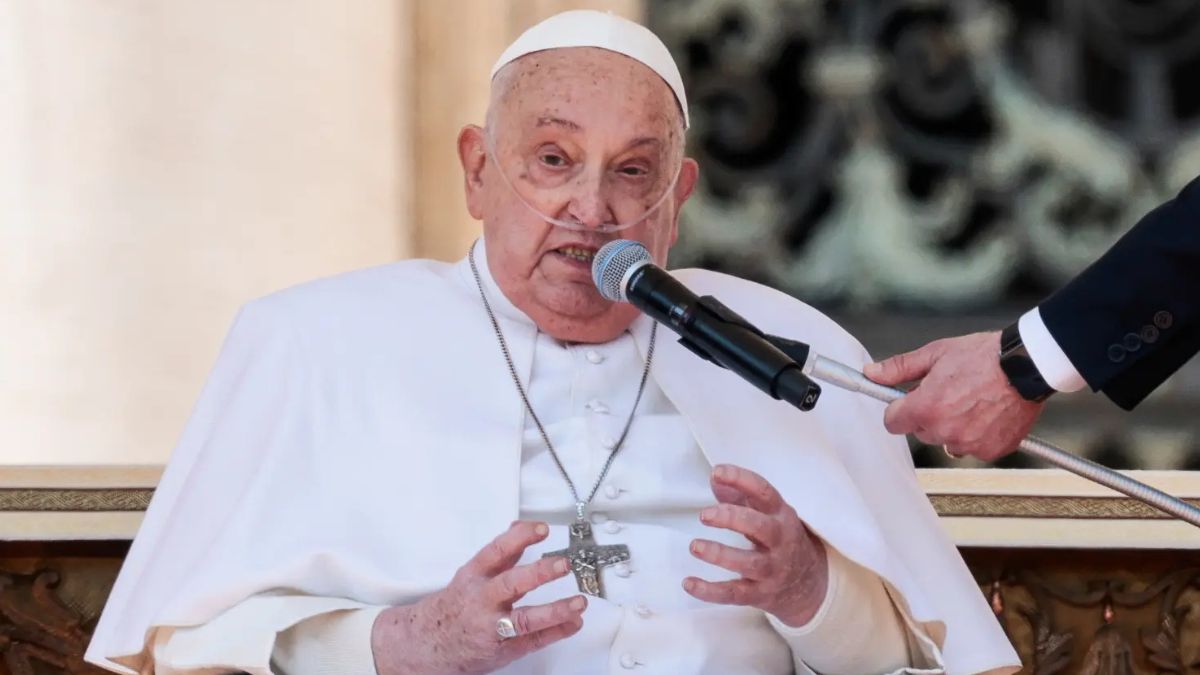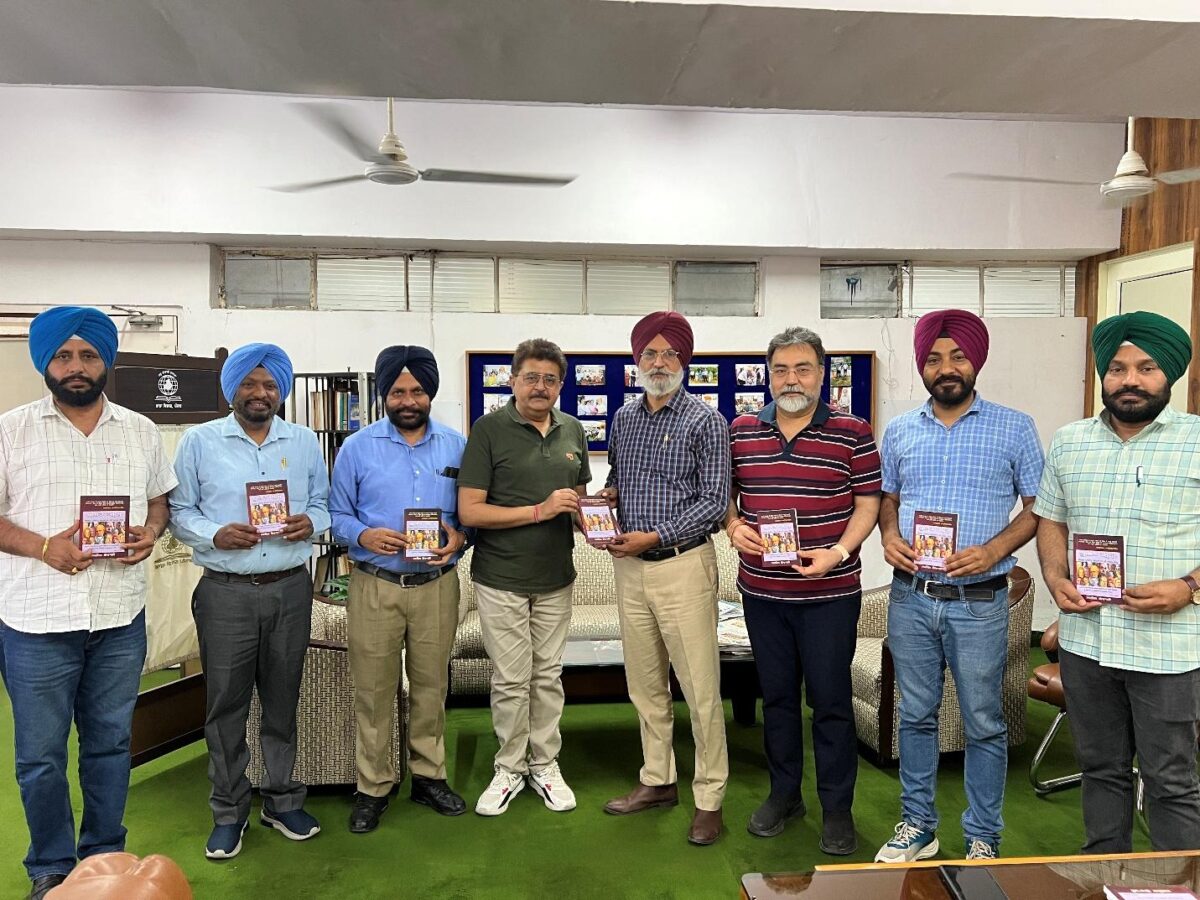I went to Ukraine at the beginning of the crisis with an open mind and arrived early in the
conflict to snowy runways and bitter bone chilling winds to meet with officials. I witnessed the
aftermath of Russian atrocities. I went because of my background working as a CEO with major
food companies, to provide humanitarian aid to civilians who needed help. Food was a business
I knew well, so I signed up for the mission. In March of 2022 it was possible to deliver this food
and humanitarian aid to citizens, but now the distribution centers we helped establish report
that the dynamics have changed. After months working with our teams in Ukraine, today we
seem to have more questions than answers, as we try our best to understand how to help
people survive this war.
While the war is framed in the west as Ukraine fighting for freedom and Russia fighting for
empire, the situation is not that simple, as reports on the ground show. I saw for myself the
massive flows of refugees in the beginning and worked hard with our humanitarian teams to
help rescue and feed them, but as the months went on, the Ukrainian policy on the ground
shifted to a total war posture, and they began to restrict humanitarian access and the flow of
refugees.
Like the videos of college girls out of control on Spring Break, “Girls Gone Wild” of the late
1990’s, Ukraine has become the playground of Governments Gone Wild in 2022. As Pope
Francis has already been saying there are no good guys and bad guys in this war. Today you can
see a two-mile long column of trucks entering Ukraine with US and NATO-supplied weapons.
Trains traveling from Beijing to Moscow bring additional Chinese-supplied tanks and artillery for
the Russians. Overestimating Western support, Kiev taunted Moscow prior to the invasion.
Russia has long claimed US involvement in a coup d’état that overthrew the “democratically”
elected government of Ukraine. Against a backdrop of six years of Russian hoax rhetoric from
western media outlets, the Kremlin watched an aggressive expansion of NATO towards the east
and the demonization of Russia, “barking at the gates of Russia” as the Pope explained.
With his domestic popularity falling, Ukrainian President Zelensky poked the bear. But Kiev was
no match for Moscow, and he thought western nations would be a sufficient deterrent. After
the impeachment of US President, Donald Trump, over Ukraine corruption inquiries, Zelensky
firmly believed that he had the Biden administration’s backing. In April 2021, Zelensky told his
people “President Biden assured me that Ukraine would never be left alone against Russian
aggression.” Later, Biden would be satisfied to sit on the sidelines and watch Ukraine get
pummeled by Russian bombs, which brought thousands of civilian casualties, and death squads
on both sides. To Zelensky’s dismay the US government became initially passive, and then
modestly reactive in the invasion, as voices against the war seemed to be resonating with the
American people.
The American and European governments added caveats to their large humanitarian grants
that none of the aid could be used to support the purchase of weapons, something that is
impossible today. The government of Kiev is strongly persuading aid groups to help the military
now exclusively. Of course, corruption runs rampant in any war. It should be no surprise that
aid given to Kiev is sold in eastern Ukrainian markets or taken back across the border to
western Europe sold to fund the arms purchases. Meanwhile, civilians continue to experience
extreme food shortages. Trucks moving across Ukraine lose more than half their cargo to graft
and corruption before reaching their destination. For this reason, a lot of the foreign aid
agencies began utilizing our logistical lines to avoid the corruption of major cities. But the
humanitarian situation has gotten worse by the day, and human rights agencies face an
agonizing choice, as they discover their humanitarian aid being sold to support the war effort.
The reality on the ground is different than the western media portrayal, which is polarizing
political coverage of the conflict. “Ukrainians are not fighting for freedom or democracy” said
one aid worker to me in March. “They’re fighting for a Cold War form of nationalism dedicated
to the “Glory of Ukraine.” President Zelensky regularly makes a fist in his broadcasts and says
“Glory to Ukraine” to inspire the country to fight. Another faith-based aid worker told me that
he said, “God bless you” to a group of people receiving food, and the response back was “Glory
to Ukraine.”
Our team on the ground confirmed that human rights abuses come from both sides. Russian
indiscriminate bombing of civilian public facilities, schools, and apartment complexes remains
inexplicable as do atrocities carried out by Ukrainians in the Donbas. Human rights groups are
compelled to negotiate with the Ukrainian government to get aid delivered to civilians, leaving
aid agencies including ours in a dilemma of how to help Ukraine’s trapped civilian population
without getting involved in the aid for arms conundrum.
Millions of refugees fled the country in the beginning of the conflict, but now escaping Ukraine
is costly and fraught with corruption, especially from the eastern side of the country, with
countless and costly checkpoints toward the west and growing hatred for both Russians and
Americans. These realities on the ground prevent refugees from leaving the country now and
stop aid groups from delivering lifesaving supplies to civilians near the war zone.
Seeing governments gone wild in Ukraine is a signpost of something far worse than a Russian
language speaking civil war for the Donbas and Crimea. China is watching western inaction in
Ukraine, while they increase military exercises around Taiwan. Iran is watching and will
eventually assume it’s a green light for their intentions with Israel, which includes nuclear
weapons. And Turkey is eyeing northern Syria. We are now on the verge of a global conflict and
entire regions are choosing sides as inflation, food shortages, and gas prices wreak havoc
around the world. It’s not just plague, famine, and war, but something much bigger, as we have
never been closer to nuclear disaster since the Cuban missile crisis of the 1960’s.
Today, Ukraine is trapped in a proxy war with diminishing aid from the west, and Russia with
unlimited aid from China and Iran. A new Cold War is on. Ukrainian government officials and
the military siphon off most of the western aid for arms, so the fighting men get some of the
aid, and the civilians get very little, so the question remains: How can we help the people of
Ukraine without getting mired in a proxy war that isn’t really about freedom? And if the aid is
being sold for arms with the total war policy, how can we help civilians without contributing to
the fighting? Ukraine should defend its borders or pursue peace as it chooses, but it must
stamp out corruption and allow humanitarian aid to flow unimpeded into the country. The
people are suffering, and we are ready to deliver help.
About the Author: James Rice is a renown CEO of international food companies who now serves
as the CEO of the charity UkraineDistasterRelief.Org that provides logistics and delivers food
and humanitarian aid into the crisis zones of Ukraine for civilians. He and his all-volunteer team
have been in Ukraine since the beginning of the Russian invasion in March 2022.
www.UkraineDisasterRelief.org
James Rice, CEO
Ukraine Disaster Relief
100 Commons Drive, Suite 7-1
Dripping Springs, TX 78720
jrice@ukrainedisasterrelief.org
Phone +1-737-710-8418




































